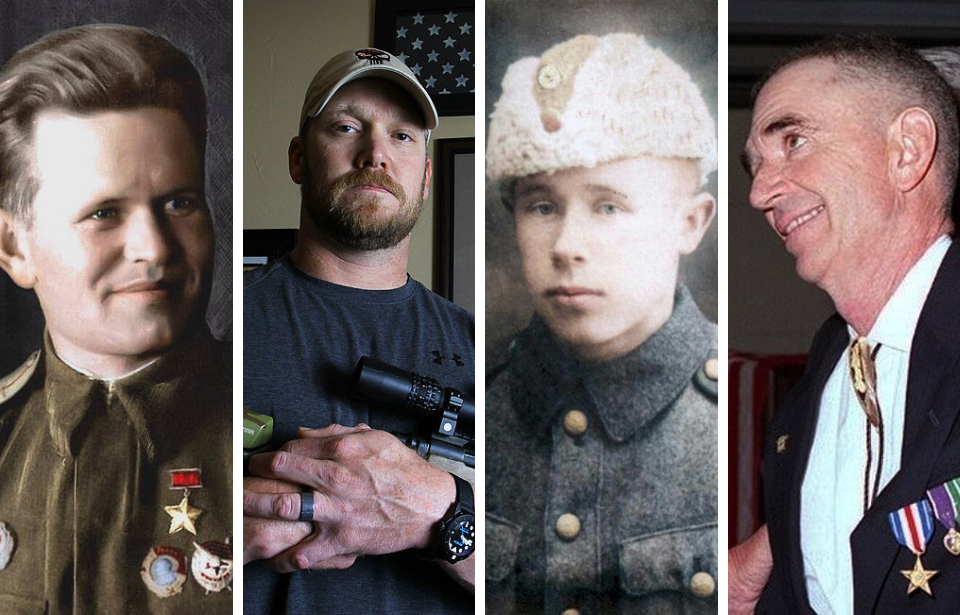Chris Kyle – Most lethal sniper in US military history
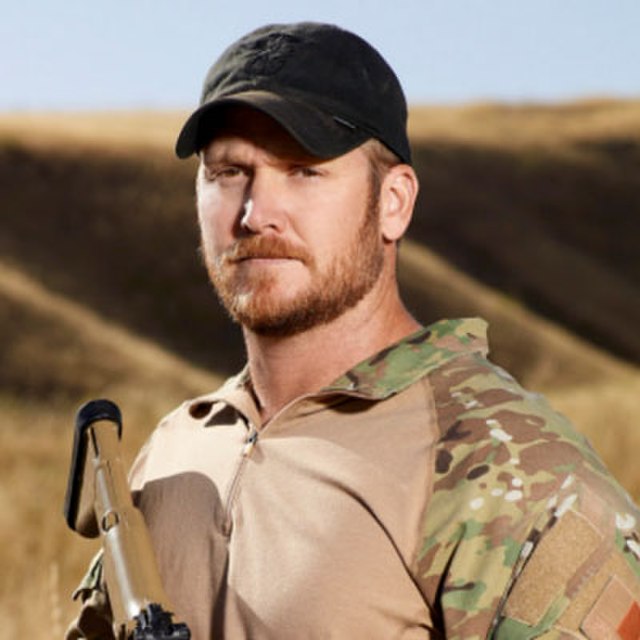
Self-proclaimed as the “most lethal sniper in US military history,” Chris Kyle achieved 160 confirmed kills (nearly double that by some accounts) during his four tours in Iraq. As a US Navy SEAL, he earned the nickname “The Legend” among US Marines, while his enemies dubbed him “The Devil of Ramadi.” His skills with a rifle were such that multiple bounties were put on his head, in an attempt to bring his killing of insurgents to an end.
Kyle was initially interested in joining the US Marine Corps special operations, but opted to enlist with the Navy instead, after a recruiter spoke to him about becoming a SEAL. After undergoing extensive training, he was assigned to SEAL Team Three.
Kyle scored his first long-range kill when he was ordered to shoot a woman approaching a group of Marines while holding a hand grenade. During his four tours, he was shot and found himself caught up in six separate Improvised Explosive Device (IED) explosions. This didn’t stop him from continuing as a sniper, however, and he went on to receive one Silver Star and three Bronze Stars with Valor, among other decorations.
Kyle was honorably discharged in 2009, and was unfortunately killed by a fellow veteran struggling with mental health issues in February 2013. The film, American Sniper, was released the following year and is loosely based on the memoir he wrote prior to his death, American Sniper: The Autobiography of the Most Lethal Sniper in U.S. Military History. While many have accused Kyle of embellishing his accomplishments in the book, there’s no doubt he led an impressive naval career.
Vasily Zaytsev – Hero of the Soviet Union
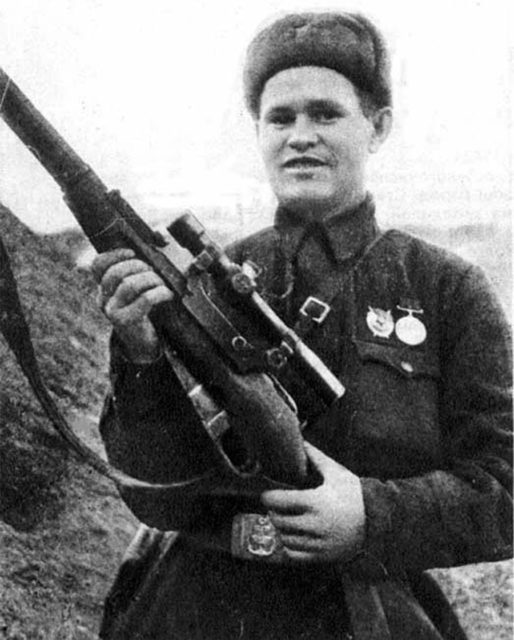
Vasily Zaytsev earned legendary status during World War II with 225 confirmed kills, most of them during the brutal Battle of Stalingrad. Growing up in the Russian wilderness, he learned to shoot by hunting game to help feed his family—a skill that would one day make him one of the Soviet Union’s most lethal snipers.
Before the war, Zaytsev worked as the head of the finance department in the Soviet Pacific Fleet. When he volunteered for combat duty, his exceptional aim quickly got him transferred to the 1047th Rifle Regiment of the 284th “Tomsk” Rifle Division under the 62nd Army.
One of the most famous stories about Zaytsev is his sniper duel with a supposed German ace named Erwin König. While Zaytsev claimed to have killed König in a high-stakes showdown, some historians have questioned whether König ever existed, citing a lack of official records. Still, wartime documents weren’t always reliable, so the story lives on.
Zaytsev was wounded by a mortar blast in January 1943, but that didn’t stop him. He was awarded the title “Hero of the Soviet Union” and returned to combat just a month later, fighting all the way to the Battle of Seelow Heights near the end of the war.
Carlos Hathcock – Deadliest American sniper of the Vietnam War
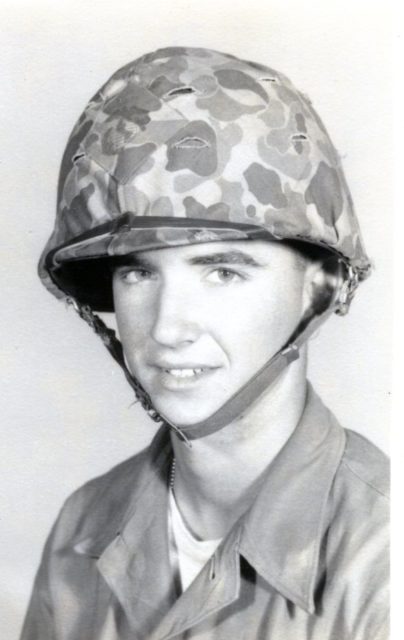
Carlos Hathcock became one of the most feared snipers of the Vietnam War, driven by a strong commitment to protecting his fellow Marines. In 1965, he won the Wimbledon Cup Shooting Championship, showcasing his exceptional marksmanship skills—abilities that would prove invaluable when he deployed in 1966.
Hathcock once said, “If I didn’t get the enemy, they were going to kill the kids over there.” This mindset fueled his actions in Vietnam and highlighted his unwavering determination. While serving with the sniper platoon of the 1st Marine Division, he famously crawled over 1,500 yards over three days—without food or water—to track and eliminate a general in the People’s Army of Vietnam (PAVN). He made the kill shot from 700 yards away and disappeared into the jungle without being detected.
Hathcock also eliminated an enemy sniper known as “Cobra,” who had killed several Marines, as well as a female Viet Cong leader called “the Apache woman,” though historians continue to debate whether she actually existed. He had 93 confirmed kills but believed his true count was closer to 300 to 400.
Simo Häyhä – Deadliest sniper in history
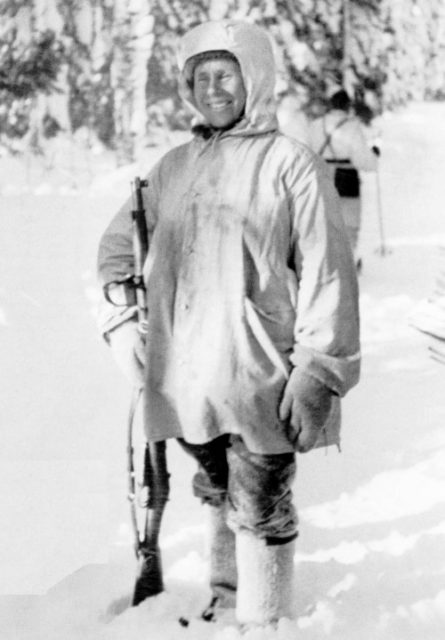
Simo Häyhä, remembered as the “White Death,” began life as a modest Finnish farmer but rose to legendary status during the Winter War of 1939–1940. When the Soviet Union invaded Finland, he stepped forward to defend his country. Over the course of less than 100 days, Häyhä achieved more than 500 confirmed kills—though some believe the actual figure may have been over 700. His deadly accuracy and relentless effectiveness terrified Soviet troops, prompting the Red Army to deploy snipers and artillery specifically to eliminate him. Every attempt failed.
What set Häyhä apart was his reliance on a basic rifle with iron sights instead of a scope. Without a reflective lens or an elevated profile, he remained harder to detect in the snowy wilderness. He even held snow in his mouth to mask his breath and constructed snowbanks to stifle the crack of his rifle while providing added concealment. Through a combination of discipline, stealth, and unerring aim, Häyhä became a ghostly presence on the battlefield—unseen but always deadly.
More from us: Grease Gun: The US Military’s Longest-Serving Submachine Gun
